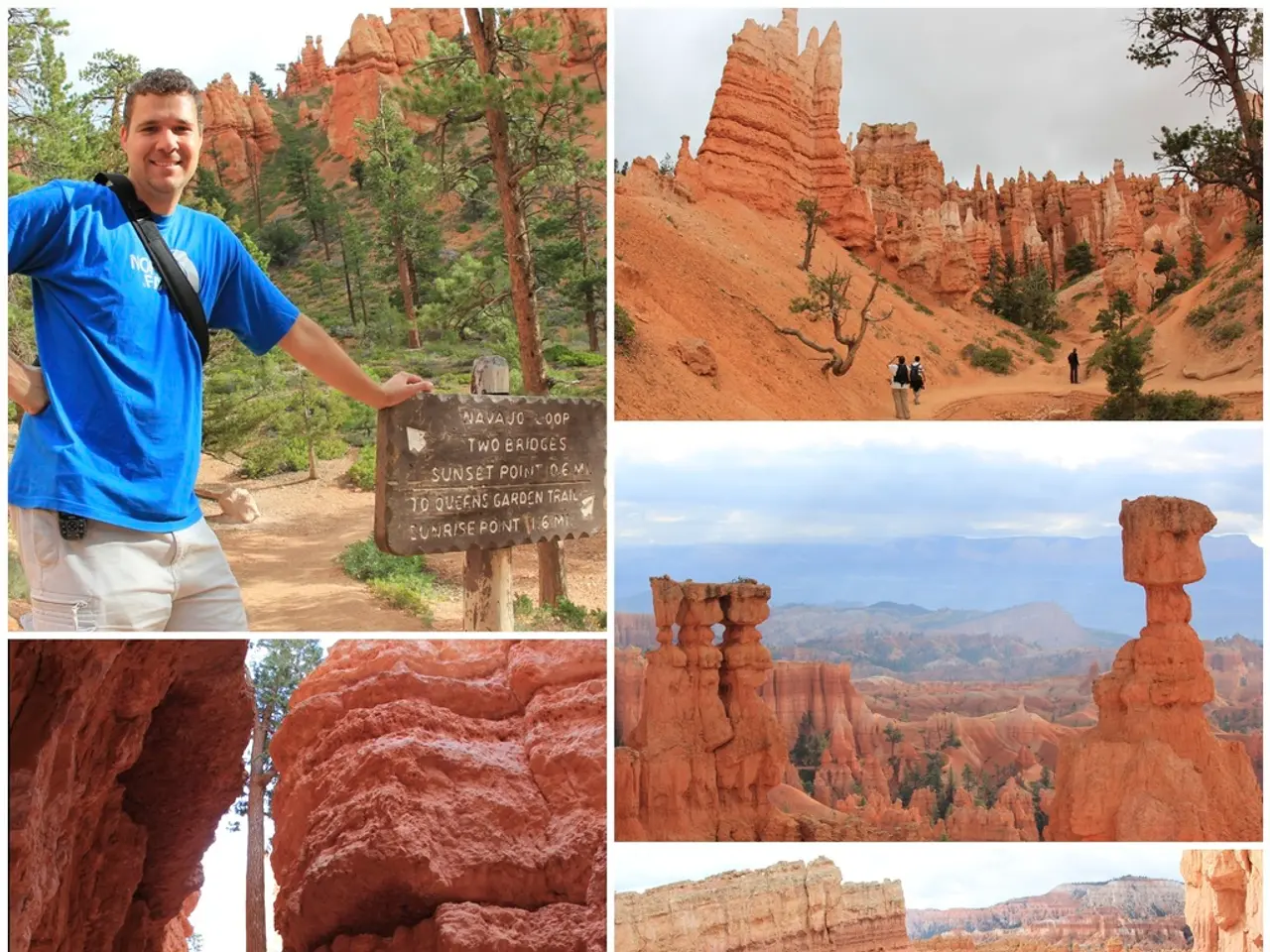Exploring Beyond Dig Sites: The Ways Local Communities in Turkey and Jordan Engage with History
A new study led by Ilda Faiella focuses on promoting inclusive and sustainable archaeological practices by engaging local communities in Turkey and Jordan through community archaeology. The study, conducted at the archaeological sites of Arslantepe in eastern Turkey and Tell Hisban near Amman in Jordan, offers strategies to foster a sense of ownership and pride in local heritage while promoting cultural sustainability.
Bridging the Gap Between Communities and Archaeologists
The study emphasizes the importance of local people playing a significant role in shaping how history is understood and preserved. By redefining the relationship between communities, archaeological sites, and research teams as a collaborative partnership, the study aims to address misconceptions and improve communication about archaeological work.
Engaging the Younger Generation
To ensure heritage preservation becomes a shared responsibility across generations, the study recommends engaging younger generations through interactive tools, digital platforms, and hands-on re-enactments. These youth-focused initiatives are designed to instil a sense of connection and responsibility towards archaeological sites in the younger population.
Gender-Inclusive Programmes
The study also advocates for gender-inclusive programs to ensure that heritage preservation is a shared responsibility across all segments of society. This approach aims to empower women and encourage their active participation in archaeological projects.
Arslantepe and Tell Hisban: A Comparative Study
The research project compares Arslantepe and Tell Hisban to understand the potential of community archaeology in linking heritage to everyday life. Arslantepe, located near the village of Orduzu, has been excavated for over 60 years by Sapienza University of Rome and features a monumental palace dating back to the 4th millennium B.C., one of the oldest in the Mesopotamian world.
Tell Hisban, on the other hand, has been studied since the 1960s and includes remains from the Iron Age through the Ottoman period. In Hisban, residents demonstrate a deeper engagement with the site, supported by community-driven initiatives and long-term collaboration with archaeologists.
Strengthening Social Cohesion and Economic Integration
The study proposes creating heritage tourism opportunities and small-scale businesses around archaeological sites to provide year-round economic integration. This approach aims to strengthen social cohesion by connecting communities with their past in ways that support sustainable development and cultural tourism.
In both Orduzu and Hisban, residents express a desire for clearer communication about archaeological activities and their significance. Trust in archaeological research is not evenly distributed, especially among younger and more distant residents. To address this, the study suggests implementing knowledge-sharing platforms in local languages and strengthening relationships with communities through long-term collaboration.
The sense of connection to the archaeological sites decreases as distance from the sites increases. However, long-term collaboration in Orduzu has built strong relationships with some families, particularly among older men. Despite this, community engagement in Arslantepe remains more limited compared to Tell Hisban.
These approaches aim to balance scientific research with community benefits, ensuring archaeology contributes to broader social and cultural sustainability in the regions studied[1].
[1] Faiella, I. (2022). Community Archaeology: Bridging the Gap between Academia and Local Communities in Eastern Turkey and Jordan. Journal of Archaeology and Heritage Management, 17(2), 123-142.
- The collaborative partnership between local communities and archaeologists in Istanbul, Turkey (Turkiye), could be further developed to promote a greater understanding of the archaeological heritage in the home-and-garden sector, inspiring pride and ownership in local residents.
- To foster a lasting connection between the younger generations and heritage sites in Syria, educational institutions could incorporate studies on archaeology, self-development, and community-driven initiatives into their curriculums, emphasizing the importance of collaboration and inclusivity.
- The community archive of Tell Hisban in Jordan, as a successful example of community archaeology, can serve as a model for establishing gender-inclusive programs and workshops in the field of home-and-garden, encouraging women's active participation in various lifestyle and self-development activities.




